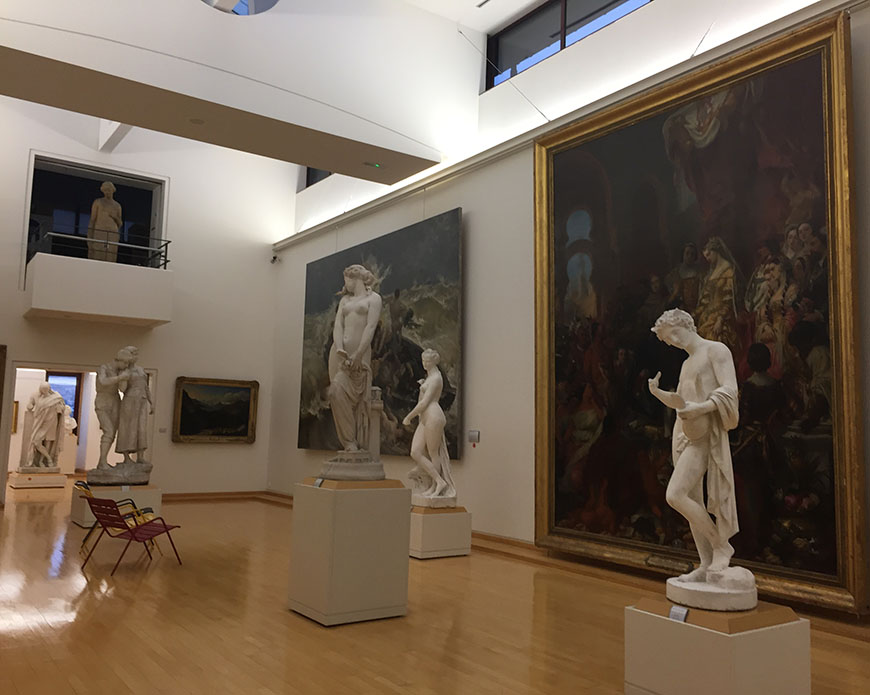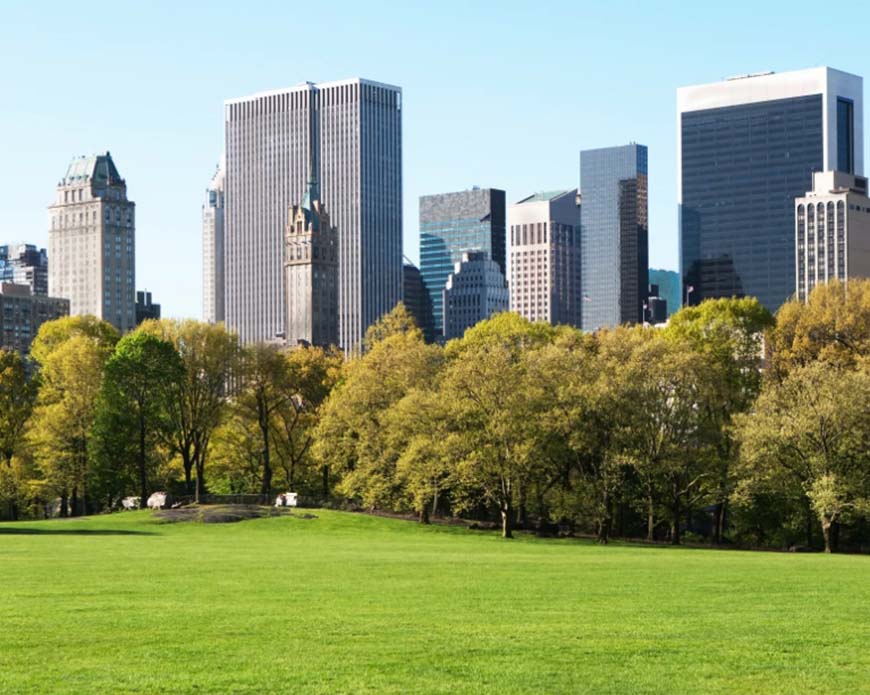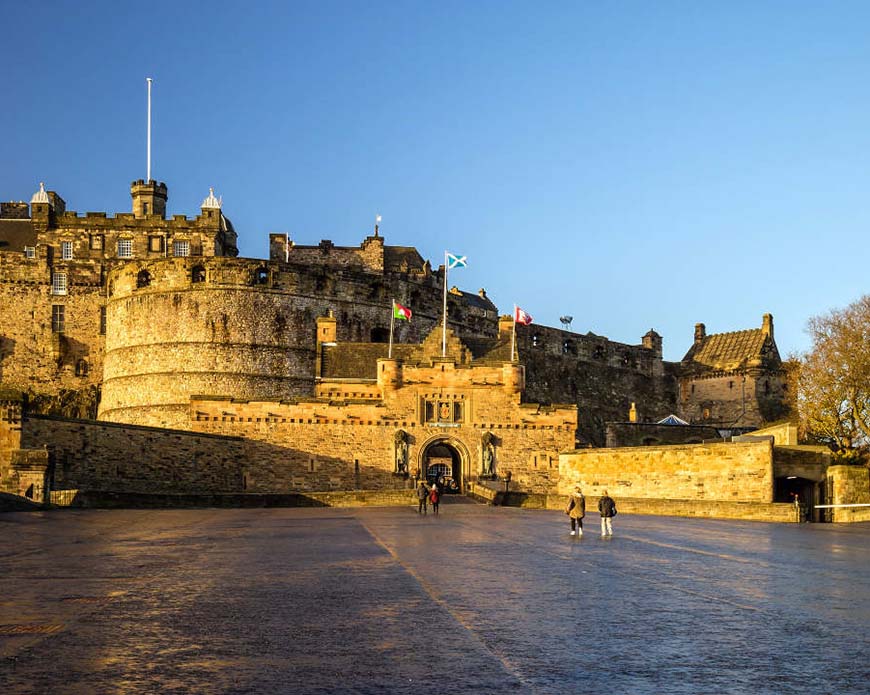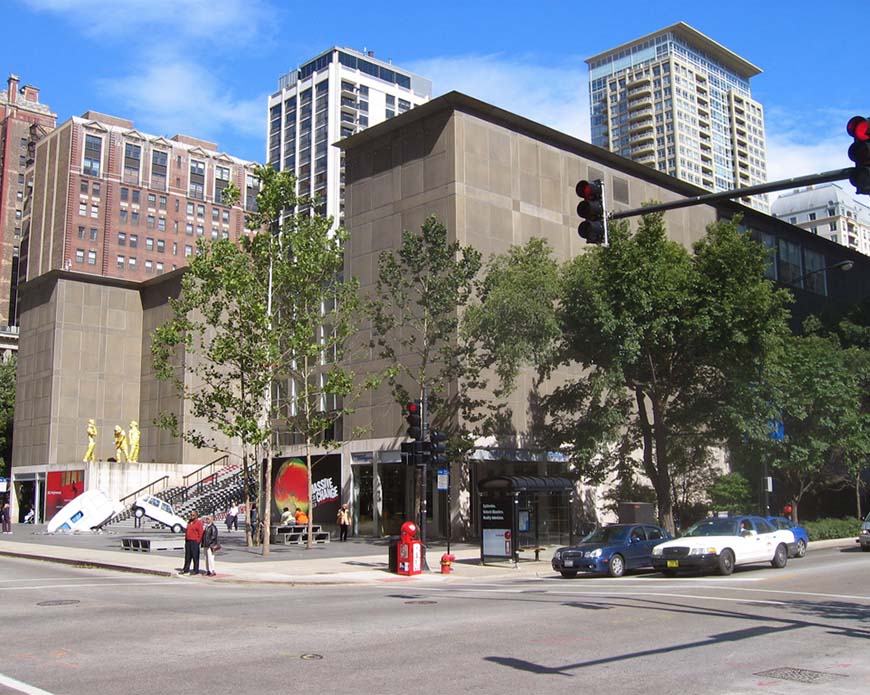1. The First Step into the Auvergne Heartland
Early morning mist curled around the rooftops of Clermont-Ferrand, lending the volcanic stone buildings an air of subdued nobility. The city, cradled by extinct volcanoes in the Auvergne region, emerged slowly in the golden haze of dawn, revealing narrow alleys, quiet courtyards, and façades rich with history. Even at first glance, it was clear that Clermont-Ferrand does not dazzle with flamboyance but seduces with an unshakable sense of continuity. A sense that the past is not gone—it merely lingers.
In that spirit, the decision to begin with the city’s cultural repositories—the museums and galleries—felt inevitable. These institutions don’t merely exhibit art and artifacts; they embody the region’s soul, etched across centuries in canvas, clay, metal, and memory.
2. Musée d’Art Roger-Quilliot: A Dialogue Between Time and Form
Located within the Montferrand district, the Musée d’Art Roger-Quilliot sits inside a former Ursuline convent—a setting as graceful and reserved as the works it houses. The 17th-century structure, with its arcaded cloisters and soft limestone walls, presents a stately prologue to the museum’s collection. Entering the central courtyard, framed by classical columns, a deep breath seemed instinctual.
The interior opens gradually through ascending floors, each level offering a quiet crescendo of visual narrative. The medieval and Renaissance sections speak first in the language of devotion: polychrome statues, intricately carved altarpieces, and tapestries that once adorned abbeys and cathedrals throughout the Auvergne. One sculpture—“Vierge en Majesté”, a Romanesque Madonna seated in frontal solemnity—radiated the spirit of the region’s austere spirituality. It was not art for ornamentation but art for communion.
Transitioning to the 18th and 19th centuries, the works reflect Enlightenment ideas, romanticized landscapes, and introspective portraits. The realism of François-Louis Français, paired with the ethereal light of Corot, provided a contemplative contrast. By the time the modern section emerges—Picasso, Dufy, Soulages—the progression feels less chronological and more psychological: a movement from certainty into questioning, from devotion to introspection, from faith to form.
3. L’Aventure Michelin: More Than a Museum
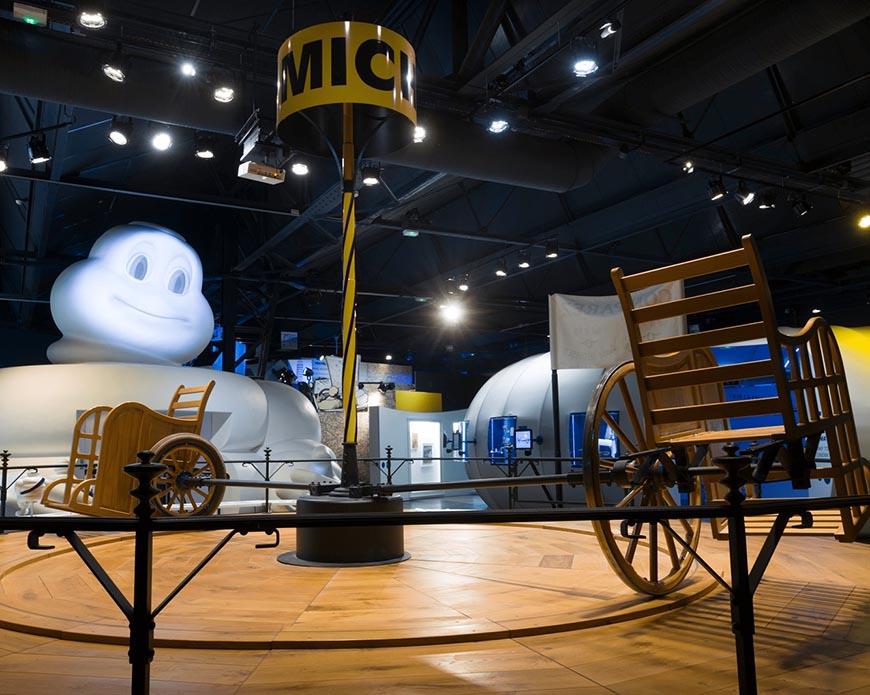
Clermont-Ferrand and Michelin are inseparable—economically, architecturally, and spiritually. The L’Aventure Michelin museum offers a narrative that transcends tires and road maps. Housed in a modern structure that echoes the company’s industrial roots, the museum is an immersive journey through over a century of innovation.
What could have been a corporate vanity project instead pulses with genuine pride and ingenuity. The early rooms present hand-stitched tires, rubber experiments, and sepia-toned factory photos. One display shows an original 1891 tire used during the Paris–Brest–Paris bicycle race, accompanied by tools worn smooth from repetitive hands. There’s something humbling about the simple persistence embedded in these artifacts.
Beyond technology, the museum celebrates culture. The iconic Bibendum, Michelin’s rotund white mascot, is explored in pop culture, advertising, and sculpture. A section on the Michelin Guide underscores how the company shaped global gastronomy—not with food, but with stars. The meticulous maps and guides speak volumes about a France once navigated by curiosity and paper alone.
Interactive installations—including a car simulator and augmented reality exhibits—do not detract from the deeper historical layers. Instead, they echo a recurring theme in Clermont-Ferrand: tradition is never frozen; it evolves, adapts, and yet remembers its origins.
4. Musée Lecoq: Natural History and the Scientific Spirit
Only a short walk from Jardin Lecoq, the Muséum Henri-Lecoq stands modestly amid trees and fountains. Named after a 19th-century botanist, the museum is a sanctuary for naturalists and dreamers alike. From the moment of entry, there’s a sense of quiet reverence—an acknowledgment that one is entering a space where observation and patience reign.
The exhibits stretch from paleontology to mineralogy, each section flowing logically but never predictably. Local geology is given its due, particularly the volcanic heritage of the Massif Central. Lava rocks, obsidian samples, and cross-sections of basalt formations narrate the deep, trembling history of the earth beneath Clermont-Ferrand.
Among the most captivating sections is the Cabinet of Curiosities—a re-creation of 18th-century private collections, filled with preserved insects, taxidermy specimens, and intricate botanical drawings. It evokes a time when science was still laced with wonder, when classification was an act of poetry as much as precision.
The museum’s educational tone never turns dry; instead, it invites questions. A child peers into a microscope beside a painted moth wing. An elderly couple lingers by a seismograph exhibit, silently charting imaginary quakes. Time slows in these halls, replaced by patient attention and quiet discovery.
5. Artothèque de Clermont-Ferrand: Where Art Breathes with the People
Tucked inside a civic building near Place Gaillard, the Artothèque offers a concept both radical and intimate: art you can borrow. As if art were a book or a thought, waiting to be taken home, hung, and lived with. The space itself feels more like a reading room than a gallery—white walls, parquet floors, large windows drawing in diffuse light.
Racks slide out to reveal hundreds of works: lithographs, watercolors, photographs, and small-format paintings. The selection is contemporary but never cold. Bright collages sit beside charcoal sketches. One finds humor in a satirical etching, melancholy in a blurred street photograph, joy in an abstract burst of yellow and red.
This is not passive viewing. It’s tactile, participatory. People flip through the racks, inspect labels, debate the right frame. The staff offer gentle guidance, never salesmanship. This approach reshapes the role of the gallery: not a pedestal for prestige, but a bridge between creation and daily life.
Borrowing a piece requires no transaction, only membership. One family carries a wrapped canvas underarm, a toddler trailing behind. A student selects a minimalist ink drawing. In these acts, the city reclaims art as a shared civic ritual, not a luxury.
6. FRAC Auvergne: Confronting the Modern
The Fonds Régional d’Art Contemporain Auvergne, or FRAC, resides in a sleek, almost austere building in the historic city center. This juxtaposition—modern angles among medieval streets—announces its purpose from the start. The exhibitions inside are temporary, rotating, always forward-looking. There is no canon, no settled narrative.
A recent exhibit featured the photography of Antoine d’Agata, his haunting, blurred portraits challenging comfort and visibility. In another room, an installation by Julien Discrit layered light, geography, and memory, prompting visitors to question the act of perception itself. Silence often followed each display. Not from confusion, but contemplation.
FRAC’s curatorial voice is clear, yet unobtrusive. The absence of lengthy explanations allows the works to speak—or whisper—for themselves. Some provoke, others soothe. A large oil painting of indistinct urban forms held the gaze for minutes without resolving into clarity. It wasn’t meant to.
Workshops, lectures, and publications accompany each exhibition, cultivating a dialogue rather than a display. One leaves FRAC not with answers, but with questions that ripple across thought like wind across grass.
7. Espace Art Roman: Romanesque Heritage in Intimate Detail
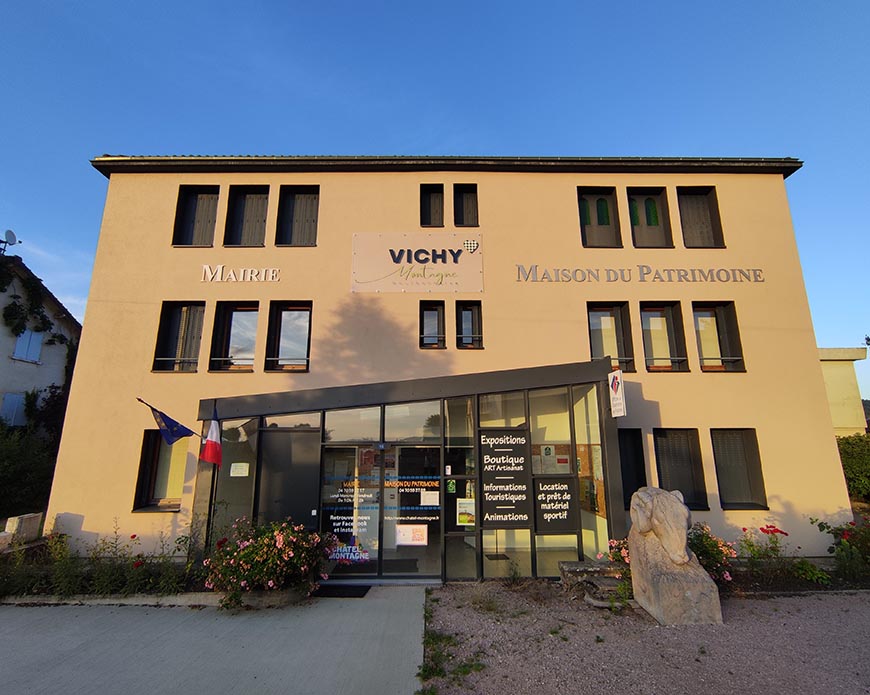
While most museums look inward, Espace Art Roman looks backward—and upward. Housed within an annex of the Musée Bargoin, this space is dedicated to the Romanesque art of Auvergne, particularly the sculptural fragments salvaged from chapels and cloisters.
The dim lighting and intimate scale evoke the sanctity of a medieval church. Stone capitals, carved with biblical scenes or vegetal motifs, stand on pedestals like frozen sermons. A tympanum fragment, once perched above a monastery portal, now meets eye level, its apostles and angels weathered but expressive.
Unlike larger institutions, Espace Art Roman offers no distraction. It relies solely on the gravitas of form and faith. This is a place to look closely: at the curl of a chisel line, the sorrow in a carved saint’s face, the balance between mass and meaning.
It also functions as a reminder: that even when buildings fall, belief endures in stone. That art was once communal, devotional, not individual or transactional.
8. Galerie Claire Gastaud: Curated Modernity with a Local Pulse
On Rue du Terrail, near the cathedral’s shadow, Galerie Claire Gastaud bridges the global and the local with curatorial precision. Contemporary in mission but deeply rooted in French sensibility, the gallery showcases emerging and mid-career artists with a clarity of vision rare in commercial spaces.
Current exhibits rotate every six weeks. One featured a series of gestural ink drawings by Frédérique Lucien, the lines both botanical and corporeal. Another room displayed surrealist photography by Julien Mignot, where everyday objects dissolved into dream logic.
What sets this gallery apart is its coherence. Each exhibition unfolds like a visual essay—structured, edited, paced. The gallerists are discreet but deeply knowledgeable, quick to draw connections to French poetic or philosophical traditions.
Despite its sophistication, the gallery remains open to the public, not cloistered in elitism. Students, artists, and casual passersby are welcomed with equal dignity. In doing so, the gallery does more than display—it educates, elevates, and integrates contemporary art into the city’s intellectual current.
9. Hôtel Fontfreyde: Where Photography Finds Its Narrative
Inside a 16th-century mansion once home to a noble family, the Centre Photographique Hôtel Fontfreyde hosts exhibitions that honor the narrative power of photography. The contrast between the Renaissance architecture—carved lintels, wrought-iron staircases—and modern photographic work creates a poignant tension.
One exhibit explored the post-industrial decline of European cities through the lens of black-and-white documentary photos. Another captured the faces of nomadic communities in Central Asia, their stories told in gaze rather than text.
The center is not merely a showcase; it’s a forum. Panels, screenings, and discussions encourage dialogue around visual storytelling. Photography is treated not as evidence, but as argument—a medium that proposes rather than proves.
In the courtyard, silence returns. The echo of history, the murmur of change, the lens between them. Here, photography is not passive. It gazes back.
10. A Living Archive of a Layered City
Clermont-Ferrand does not boast in neon or grandeur. It offers no palace to rival Versailles, no river to reflect the Eiffel Tower. Its museums and galleries whisper, suggest, and provoke. They tell of craft and belief, of resistance and reinvention.
These institutions do not merely preserve—they participate. They honor what has been, challenge what is, and anticipate what may come. They are places where the spirit of Auvergne—rooted, volcanic, enduring—finds form in stone, canvas, pigment, and light.
Wandering through them is not a tour. It is a quiet initiation into continuity.
